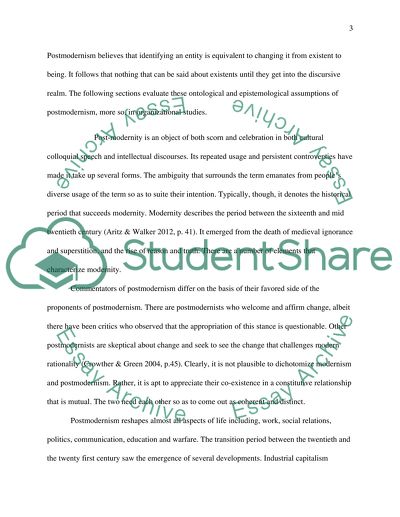Cite this document
(“Critically evaluate both the ontological and epistemological Essay”, n.d.)
Critically evaluate both the ontological and epistemological Essay. Retrieved from https://studentshare.org/philosophy/1498787-critically-evaluate-both-the-ontological-and
Critically evaluate both the ontological and epistemological Essay. Retrieved from https://studentshare.org/philosophy/1498787-critically-evaluate-both-the-ontological-and
(Critically Evaluate Both the Ontological and Epistemological Essay)
Critically Evaluate Both the Ontological and Epistemological Essay. https://studentshare.org/philosophy/1498787-critically-evaluate-both-the-ontological-and.
Critically Evaluate Both the Ontological and Epistemological Essay. https://studentshare.org/philosophy/1498787-critically-evaluate-both-the-ontological-and.
“Critically Evaluate Both the Ontological and Epistemological Essay”, n.d. https://studentshare.org/philosophy/1498787-critically-evaluate-both-the-ontological-and.


